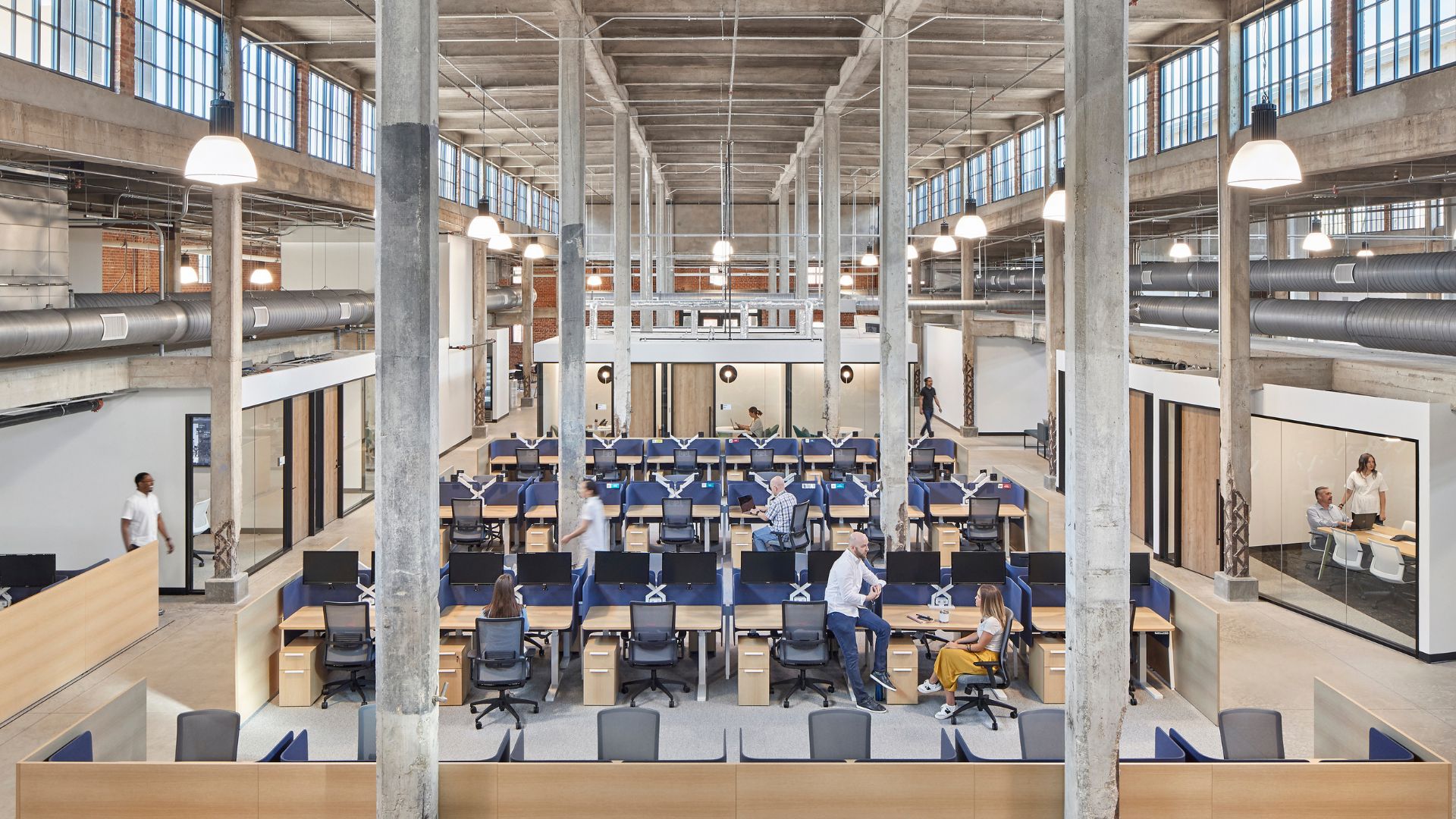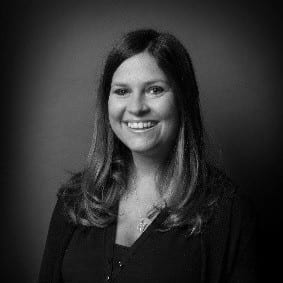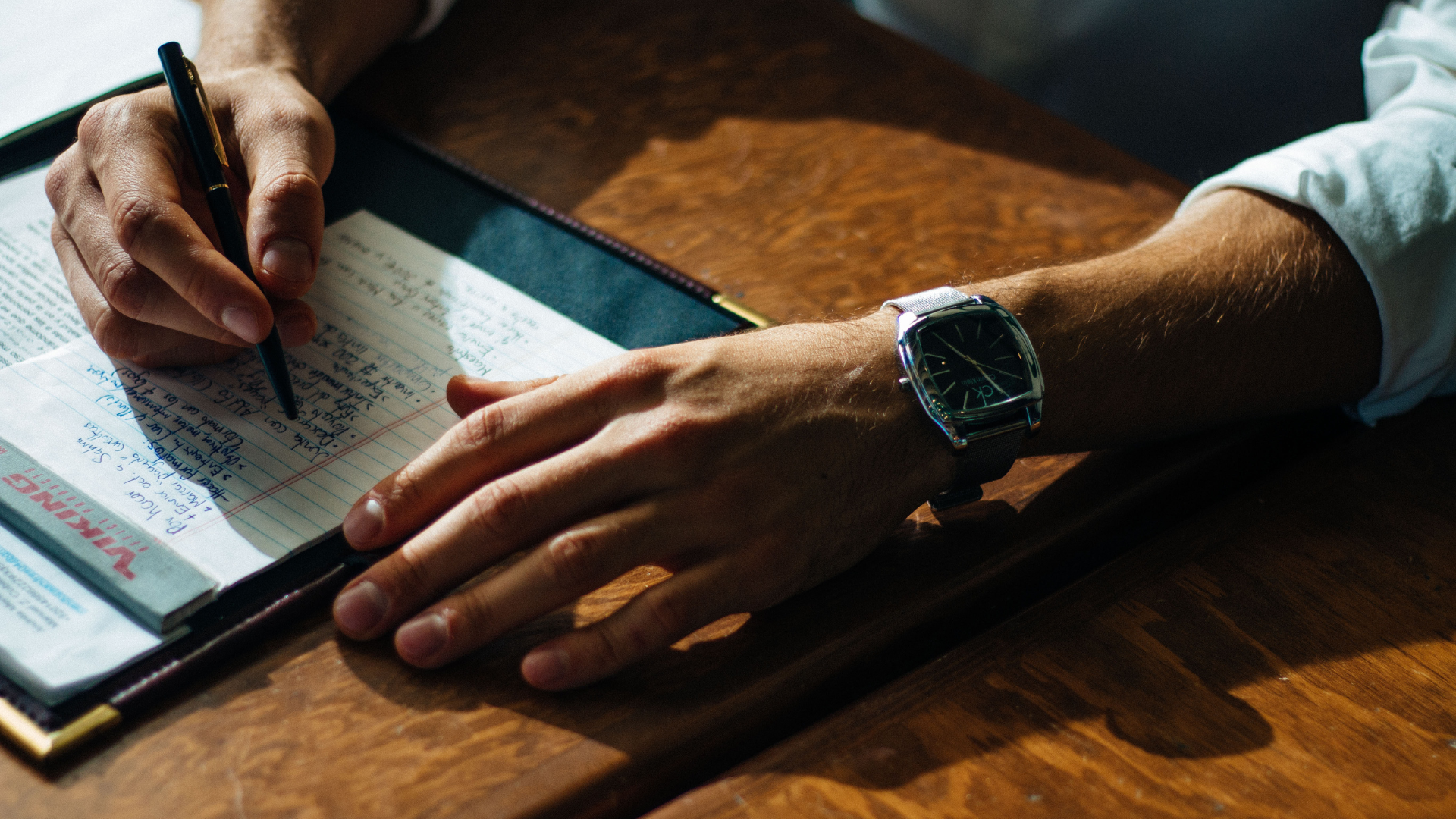As kids head back to school this fall, will more remote workers rush back to the post-pandemic office in droves?
Probably not. Slowly, and often haltingly, office workers are trickling back into corporate workspaces. With special emphasis on the word “trickling.”

According to a study from AT&T and Dubber, 56% of “office job” work continues to be done offsite. And 72% of businesses lack a detailed strategy for hybrid work, despite 81% saying that hybrid work is the model for the future. This is causing some uncertainty in the workplace – and that heightens the role of internal communications, which must ensure leaders and workers understand one another and engage in open, two-way dialogue as they figure out the post-COVID workplace.
In Part One of my interview with my friend Jayme Schutt, a workplace strategy expert and interior designer, we discussed the need for flexibility and a “pull” rather than “push” approach to showing workers that coming into the post-pandemic office – at least occasionally – is a commute-worthy endeavor.
Now, in Part Two, Jayme reveals her insights on methods some of her clients at JLL are taking regarding office redesigns and the effect they are having on employees still wary of returning to some version of pre-COVID normalcy.
I believe her perspective is useful background information for communicators as we strive to navigate this new landscape. We must be mindful of creating and sharing workplace-related information that informs and engages, while also respecting the desires and concerns of all stakeholders.
It’s a tall order, given the tension.
LB: In our earlier discussion, you emphasized that many companies are redesigning office space to enable collaborative engagements. Can you share a few examples of how this trend is coming to life?
JS: I’m glad you used the word “trend.” I encourage all clients to never adopt a trend just because your competitor has done so. We are still early in this office space evolution, and we’re all trying to understand what will work best for a particular company, office or situation.
That said, we are seeing a few common threads in office redesigns – and it is true that many of our clients are choosing to go with fewer private or assigned desks and a shift towards shared space, often organized in carefully-designed neighborhoods.
In doing so, they need to be mindful of making it easier to work in these spaces, such as having more non-desk-related seating that allows for both ergonomics and easy connectivity to power. In addition to enabling collaborative meetings, there must be spaces scattered throughout the office that allow for easy touchdown points between meetings.
LB: It seems clear that, as you mentioned in our last conversation, flexibility is vital.
JS: Absolutely. Flexibility is key, which may translate into fewer hard walls and more reconfigurable furniture solutions in the redesign and reconstruction of the space.
And fully integrated technology is essential, too. This has always been important, but especially today, we must be able to ensure equitable meetings that accommodate the needs of those in the room as well as those who are participating virtually – like having more one- to two-person Zoom-ready rooms.
But it’s also important to factor outside space – when possible – in the design. Connection to outdoor space has been a tremendous benefit of working from home and will need to be addressed in and around the office spaces we reoccupy.
LB: But with fewer traditional offices, isn’t background noise going to be a problem?
JS: It can be. With louder workspaces, due to increases in collaboration, office designs must also include additional focus spaces that can easily accommodate heads-down work.
It’s about striking a balance. It took decades to get to where offices were pre-pandemic, and now companies are dealing with a new state of change. And they are fearful of making wrong decisions.
LB: So, how should companies plan and build out workstations in an ever-changing office environment?
JS: First, we must get away from the idea that the way the office is planned and used Day One will remain static for the duration of the lease. Things change, people change and the way we work will change. But if we anticipate change and, dare I say, even encourage it, we are able to offer a more resilient solution outlasting the ever-changing trends.
It comes down to people, place and policy – a three-legged stool in which each is a valued element to ensure we are flexible and resilient. And flexibility pertains to more than just walls and furniture. It encompasses a mindset that future-thinking companies will take on to ensure a sustainable workplace.
LB: Are companies actually using less office space?
JS: Yes and no. Two factors we look at to determine total space requirements, outside of headcount and programmatic elements, are mobility ratios and ecosystem planning.
A mobility ratio is the amount of time employees come into the office compared to the seats required to accommodate them. It depends on factors such as role, teams or even functional requirements, like specific equipment required to complete one’s job. If fewer people are coming in, or if desking is being shared, there is a possibility to optimize square footage.
Ecosystem planning considers the office to be one bubble on a diagram of many workspaces. Other bubbles could be a coffeeshop, one’s home, a client’s office, co-working spaces, outdoors – anyplace one can successfully and comfortably complete work tasks, often while promoting a more balanced life. As a method of attracting employees and future talent to the office, many companies are considering ways of bringing (remote) ecosystem elements to the office.
Examples could include a work cafe that resembles a local coffee shop with a variety of seating options, or a quiet zone that resembles a curated library or art gallery. In either case, this is likely above and beyond what we would have built into a square footage calculation pre-pandemic and could in fact increase total office size.
Undoubtedly, rethinking and reconfiguring the post-pandemic workplace is a tricky endeavor. So, too, is the task of effectively communicating this evolutionary story to employees.
As our Ketchum Employee Communications & Engagement team has discovered through numerous client projects, this new paradigm is challenging. But it can ultimately be rewarding for all stakeholders if employee needs and expectations as well as business goals are integrated into workplace decision-making – and are clearly articulated through two-way communications.
If your organization needs assistance in developing effective employee engagement strategies for the hybrid workplace, as well as other business priorities, please reach out to us.



